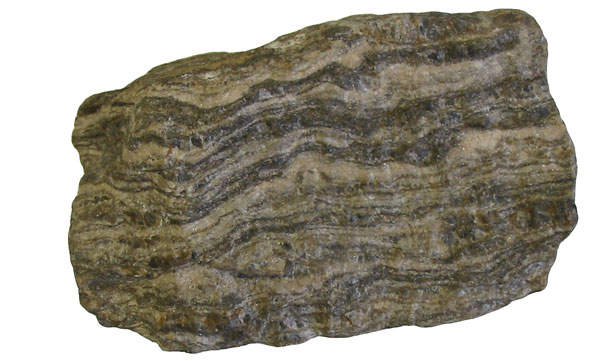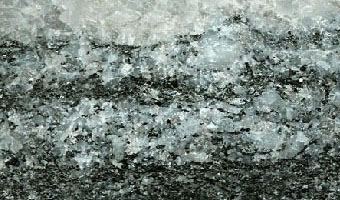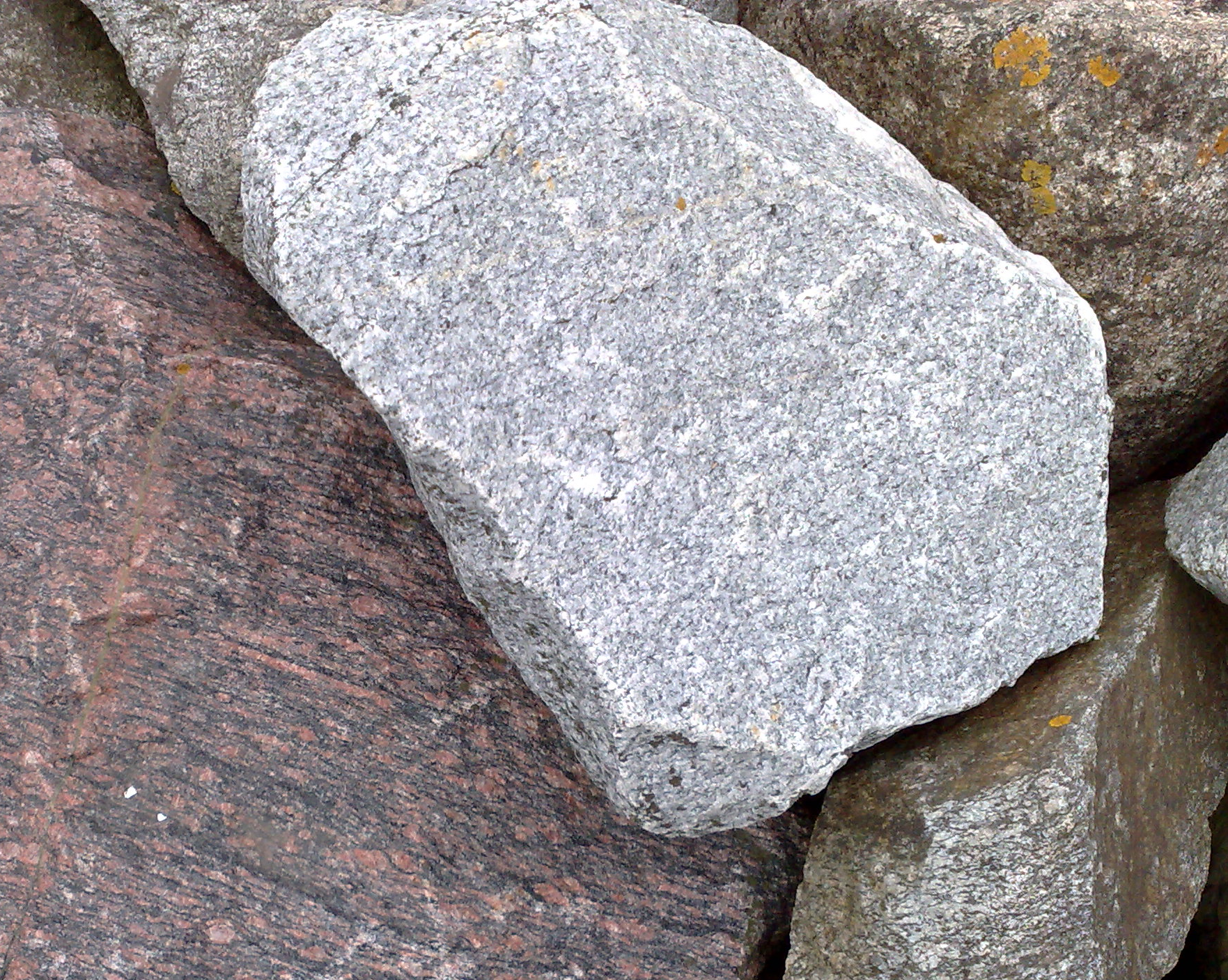|
Idaho Batholith
The Idaho Batholith is a granitic and granodioritic batholith of Cretaceous- Paleogene age that covers approximately of central Idaho and adjacent Montana. The batholith has two lobes that are separate from each other geographically and geologically. The Bitterroot lobe is the smaller lobe and the larger lobe is the Atlanta lobe. The Bitterroot lobe is in the north and is separated from the larger Atlanta lobe in the south by the Belt Supergroup metamorphic rocks that compose the Salmon River Arch. Much of the Atlanta and Bitterroot lobes are in the Idaho Batholith ecoregion. The overall intrusive event that created the Idaho batholith lasted for around 55 million years from Late Cretaceous to the Eocene (98 to 43 Ma) of magmatism and includes the younger Challis suite which is not considered to be part of the Idaho Batholith. The Challis suite intruded both the Atlanta and Bitterroot lobes of the Idaho Batholith as well as the surrounding areas to the east of the Atlant ... [...More Info...] [...Related Items...] OR: [Wikipedia] [Google] [Baidu] |
Central Idaho
Central Idaho is a geographical term for the region located northeast of Boise and southeast of Lewiston in the U.S. state of Idaho. It is dominated by federal lands administered by the United States Forest Service and the Bureau of Land Management. Idaho's tallest mountain, Borah Peak, is located in this region. A large part of the Sawtooth National Recreation Area is within Central Idaho. The counties of Blaine, Butte, Camas, Custer, and Lemhi are included in the region. Cities *Arco * Bellevue * Carey * Challis * Fairfield * Hailey *Ketchum * Mackay * Picabo *Salmon *Stanley Stanley may refer to: Arts and entertainment Film and television * ''Stanley'' (1972 film), an American horror film * ''Stanley'' (1984 film), an Australian comedy * ''Stanley'' (1999 film), an animated short * ''Stanley'' (1956 TV series) ... * Sun Valley See also * Stibnite Mining District External linksOfficial Idaho State Travel Site Regions of Idaho {{Idaho ... [...More Info...] [...Related Items...] OR: [Wikipedia] [Google] [Baidu] |
Idaho Batholith Ecoregion
The Idaho Batholith ecoregion is a Level III ecoregion designated by the United States Environmental Protection Agency (EPA) in the U.S. states of Idaho and Montana. It is contained within the following biomes (or major habitat types) designated by the World Wild Fund for Nature (WWF): temperate coniferous forests; open spaces, temperate grasslands, savannas, and shrublands; and deserts and xeric shrublands. Setting The Idaho batholith ecoregion is bordered on the north by the Northern Rockies, on the east by the Middle Rockies, on the south by the Snake River Plain, on the west by the Blue Mountains, and partially on the northwest by the Columbia Plateau. It has been subdivided into eleven Level IV ecoregions in Idaho and Montana. As defined by the EPA, ecoregions are, "Areas of similarity regarding patterns in the mosaic of abiotic and biotic, aquatic and terrestrial ecosystem components, including geology, physiography, vegetation, climate, soils, hydrology, land use, a ... [...More Info...] [...Related Items...] OR: [Wikipedia] [Google] [Baidu] |
Fault (geology)
In geology, a fault is a planar fracture or discontinuity in a volume of rock across which there has been significant displacement as a result of rock-mass movements. Large faults within Earth's crust result from the action of plate tectonic forces, with the largest forming the boundaries between the plates, such as the megathrust faults of subduction zones or transform faults. Energy release associated with rapid movement on active faults is the cause of most earthquakes. Faults may also displace slowly, by aseismic creep. A ''fault plane'' is the plane that represents the fracture surface of a fault. A '' fault trace'' or ''fault line'' is a place where the fault can be seen or mapped on the surface. A fault trace is also the line commonly plotted on geologic maps to represent a fault. A ''fault zone'' is a cluster of parallel faults. However, the term is also used for the zone of crushed rock along a single fault. Prolonged motion along closely spaced faults can blur ... [...More Info...] [...Related Items...] OR: [Wikipedia] [Google] [Baidu] |
Foliation (geology)
Foliation in geology refers to repetitive layering in metamorphic rocks.Marshak, Stephen, ''Essentials of Geology,'' W. W. Norton 3rd Ed, 2009 Each layer can be as thin as a sheet of paper, or over a meter in thickness. The word comes from the Latin ''folium'', meaning "leaf", and refers to the sheet-like planar structure. It is caused by shearing forces (pressures pushing different sections of the rock in different directions), or differential pressure (higher pressure from one direction than in others). The layers form parallel to the direction of the shear, or perpendicular to the direction of higher pressure. Nonfoliated metamorphic rocks are typically formed in the absence of significant differential pressure or shear. Foliation is common in rocks affected by the regional metamorphic compression typical of areas of mountain belt formation (orogenic belts). More technically, foliation is any penetrative planar fabric present in metamorphic rocks. Rocks exhibiting foliat ... [...More Info...] [...Related Items...] OR: [Wikipedia] [Google] [Baidu] |
Paleocene
The Paleocene, ( ) or Palaeocene, is a geological epoch that lasted from about 66 to 56 million years ago (mya). It is the first epoch of the Paleogene Period in the modern Cenozoic Era. The name is a combination of the Ancient Greek ''palaiós'' meaning "old" and the Eocene Epoch (which succeeds the Paleocene), translating to "the old part of the Eocene". The epoch is bracketed by two major events in Earth's history. The K–Pg extinction event, brought on by an asteroid impact and possibly volcanism, marked the beginning of the Paleocene and killed off 75% of living species, most famously the non-avian dinosaurs. The end of the epoch was marked by the Paleocene–Eocene Thermal Maximum (PETM), which was a major climatic event wherein about 2,500–4,500 gigatons of carbon were released into the atmosphere and ocean systems, causing a spike in global temperatures and ocean acidification. In the Paleocene, the continents of the Northern Hemisphere were still connected ... [...More Info...] [...Related Items...] OR: [Wikipedia] [Google] [Baidu] |
Megacryst
In geology, a megacryst is a crystal or grain that is considerably larger than the encircling matrix. They are found in igneous and metamorphic rocks. Megacrysts can be further classified based on the nature of their origin, either as:Chapman, Carleton A. (2014). Phenocryst. In AccessScience. McGraw-Hill Education. https://doi.org/10.1036/1097-8542.506500 *Phenocrysts, which crystallize in molten rock material (lava or magma) and are hence an earlier crystallization than the matrix in which they are embedded *Porphyroblasts, which develop in solid rock as the result of metamorphism or metasomatism See also *Xenolith A xenolith ("foreign rock") is a rock fragment ( country rock) that becomes enveloped in a larger rock during the latter's development and solidification. In geology, the term ''xenolith'' is almost exclusively used to describe inclusions in ig ..., an inclusion of one rock type in another References Notes Significance of k-feldspar megacryst size and distrib ... [...More Info...] [...Related Items...] OR: [Wikipedia] [Google] [Baidu] |
Quartz Diorite
Quartz diorite is an igneous, plutonic ( intrusive) rock, of felsic composition, with phaneritic texture. Feldspar is present as plagioclase (typically oligoclase or andesine) with 10% or less potassium feldspar. Quartz Quartz is a hard, crystalline mineral composed of silica ( silicon dioxide). The atoms are linked in a continuous framework of SiO4 silicon-oxygen tetrahedra, with each oxygen being shared between two tetrahedra, giving an overall chemical ... is present at between 5 and 20% of the rock. Biotite, amphiboles and pyroxenes are common dark accessory minerals. References Definition with images Plutonic rocks {{petrology-stub ja:閃緑岩#石英閃緑岩 ... [...More Info...] [...Related Items...] OR: [Wikipedia] [Google] [Baidu] |
Tonalite
Tonalite is an igneous, plutonic ( intrusive) rock, of felsic composition, with phaneritic (coarse-grained) texture. Feldspar is present as plagioclase (typically oligoclase or andesine) with alkali feldspar making up less than 10% of the total feldspar content. Quartz (SiO2) is present as more than 20% of the total quartz-alkali feldspar-plagioclase-feldspathoid ( QAPF) content of the rock. Amphiboles and biotite are common accessory minerals. In older references tonalite is sometimes used as a synonym for quartz diorite. However the current IUGS classification defines tonalite as having greater than 20% quartz, while quartz diorite varies its quartz content from 5 to 20%. The name is derived from the type locality of tonalites, adjacent to the Tonale Line, a major structural lineament and mountain pass, Tonale Pass, in the Italian and Austrian Alps. The name was first applied by Gerhard vom Rath in 1864. The term ''adamellite'' was originally applied by A. Cathrein in 1890 ... [...More Info...] [...Related Items...] OR: [Wikipedia] [Google] [Baidu] |
Granodiorite
Granodiorite () is a coarse-grained ( phaneritic) intrusive igneous rock similar to granite, but containing more plagioclase feldspar than orthoclase feldspar. The term banatite is sometimes used informally for various rocks ranging from granite to diorite, including granodiorite. Composition According to the QAPF diagram, granodiorite has a greater than 20% quartz by volume, and between 65% and 90% of the feldspar is plagioclase. A greater amount of plagioclase would designate the rock as tonalite. Granodiorite is felsic to intermediate in composition. It is the intrusive igneous equivalent of the extrusive igneous dacite. It contains a large amount of sodium (Na) and calcium (Ca) rich plagioclase, potassium feldspar, quartz, and minor amounts of muscovite mica as the lighter colored mineral components. Biotite and amphiboles often in the form of hornblende are more abundant in granodiorite than in granite, giving it a more distinct two-toned or overall darker appea ... [...More Info...] [...Related Items...] OR: [Wikipedia] [Google] [Baidu] |
Biotite
Biotite is a common group of phyllosilicate minerals within the mica group, with the approximate chemical formula . It is primarily a solid-solution series between the iron- endmember annite, and the magnesium-endmember phlogopite; more aluminous end-members include siderophyllite and eastonite. Biotite was regarded as a mineral ''species'' by the International Mineralogical Association until 1998, when its status was changed to a mineral ''group''. The term ''biotite'' is still used to describe unanalysed dark micas in the field. Biotite was named by J.F.L. Hausmann in 1847 in honor of the French physicist Jean-Baptiste Biot, who performed early research into the many optical properties of mica. Members of the biotite group are sheet silicates. Iron, magnesium, aluminium, silicon, oxygen, and hydrogen form sheets that are weakly bound together by potassium ions. The term "iron mica" is sometimes used for iron-rich biotite, but the term also refers to a flaky mi ... [...More Info...] [...Related Items...] OR: [Wikipedia] [Google] [Baidu] |
Deformation (geology)
In engineering, deformation refers to the change in size or shape of an object. ''Displacements'' are the ''absolute'' change in position of a point on the object. Deflection is the relative change in external displacements on an object. Strain is the ''relative'' internal change in shape of an infinitesimally small cube of material and can be expressed as a non-dimensional change in length or angle of distortion of the cube. Strains are related to the forces acting on the cube, which are known as stress, by a stress-strain curve. The relationship between stress and strain is generally linear and reversible up until the yield point and the deformation is elastic. The linear relationship for a material is known as Young's modulus. Above the yield point, some degree of permanent distortion remains after unloading and is termed plastic deformation. The determination of the stress and strain throughout a solid object is given by the field of strength of materials and for a structure ... [...More Info...] [...Related Items...] OR: [Wikipedia] [Google] [Baidu] |
Granite
Granite () is a coarse-grained ( phaneritic) intrusive igneous rock composed mostly of quartz, alkali feldspar, and plagioclase. It forms from magma with a high content of silica and alkali metal oxides that slowly cools and solidifies underground. It is common in the continental crust of Earth, where it is found in igneous intrusions. These range in size from dikes only a few centimeters across to batholiths exposed over hundreds of square kilometers. Granite is typical of a larger family of ''granitic rocks'', or '' granitoids'', that are composed mostly of coarse-grained quartz and feldspars in varying proportions. These rocks are classified by the relative percentages of quartz, alkali feldspar, and plagioclase (the QAPF classification), with true granite representing granitic rocks rich in quartz and alkali feldspar. Most granitic rocks also contain mica or amphibole minerals, though a few (known as leucogranites) contain almost no dark minerals. Granite is near ... [...More Info...] [...Related Items...] OR: [Wikipedia] [Google] [Baidu] |








